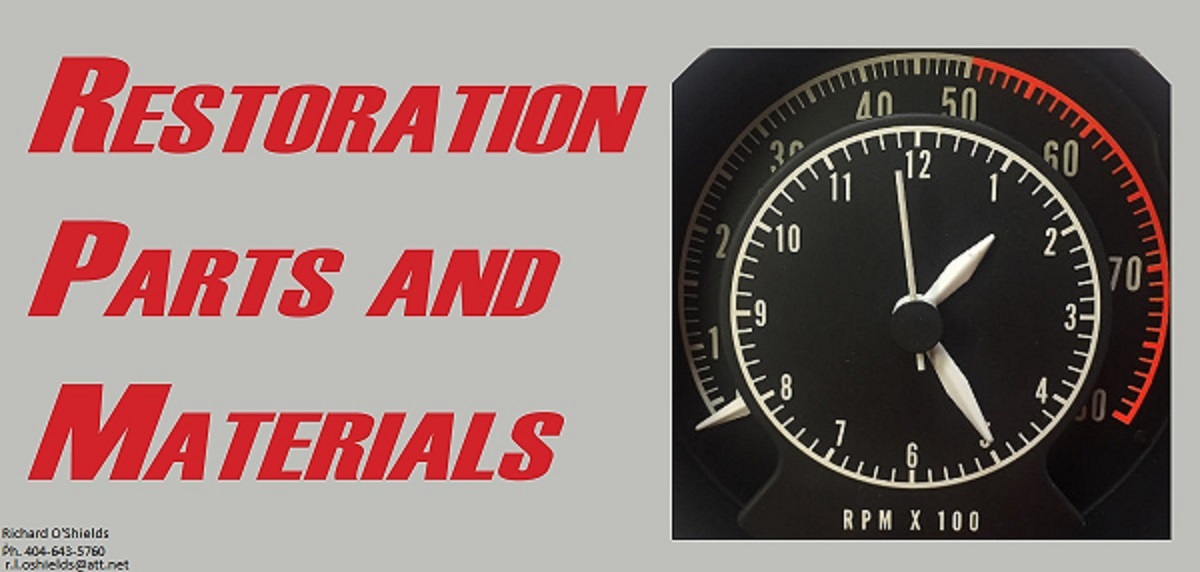Need some help on wiring my 8 track AM in a 70 Challenger. It is an original 8 track car without the rear speaker. I found an original wiring harness but it does not have the stereo crossover box with it. If I do not have a rear speaker do I still need the crossover box (whatever that is!) to wire everything up? The whole set up is pretty confusing.
Thanks!!
Thanks!!


















